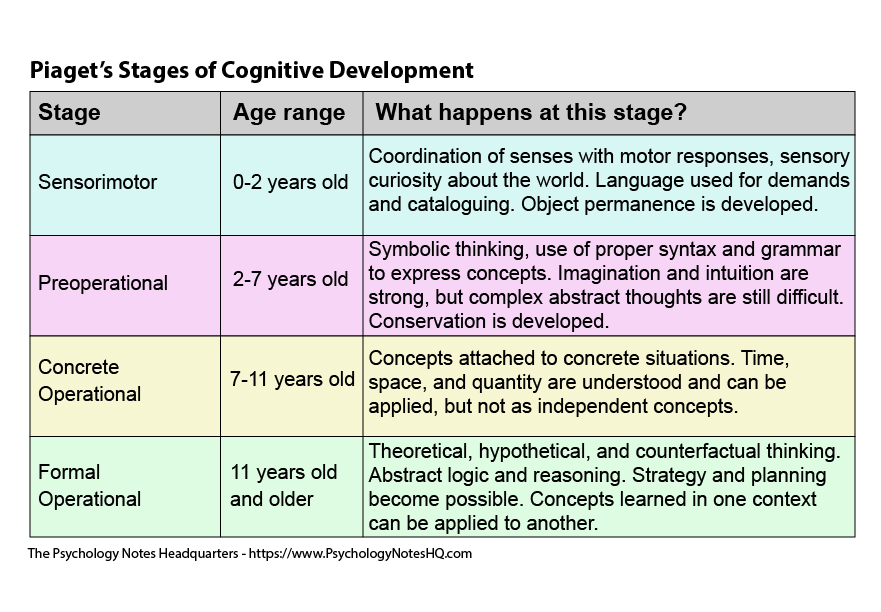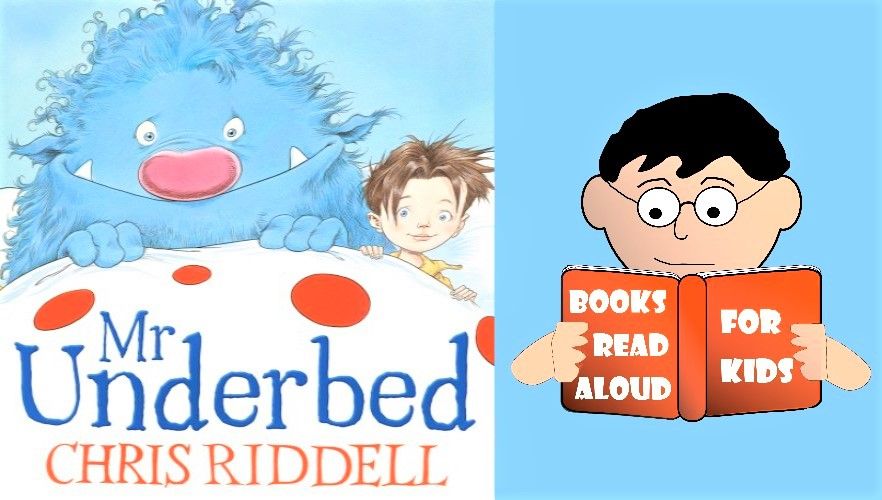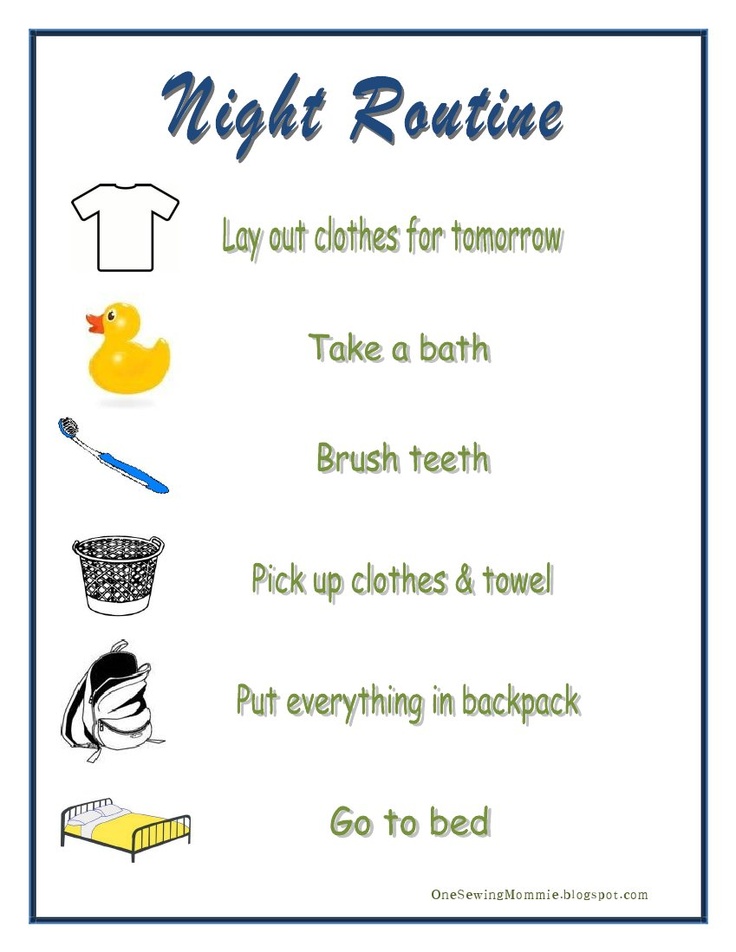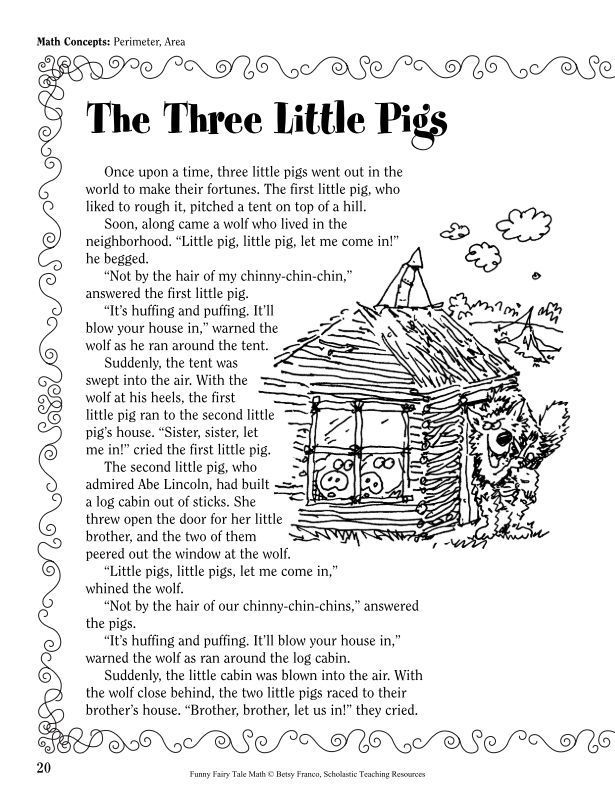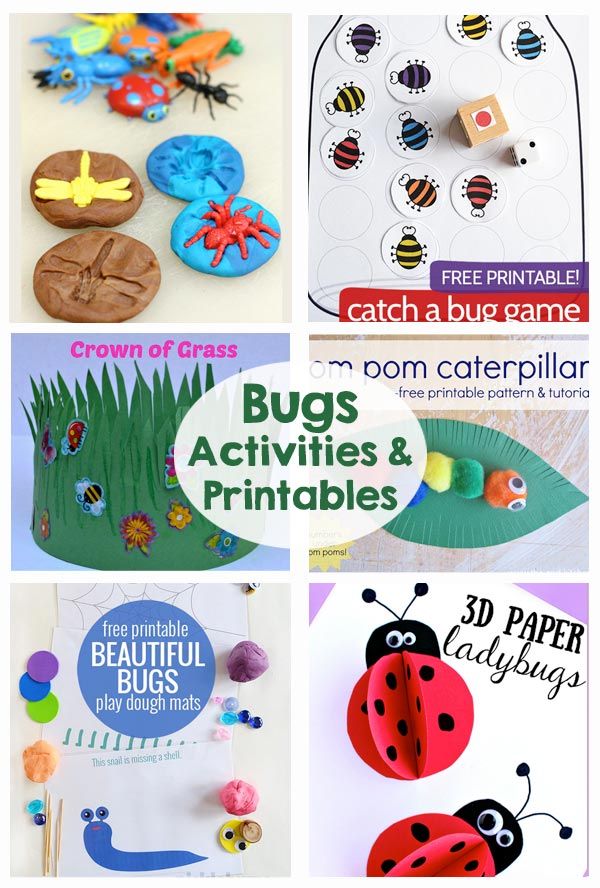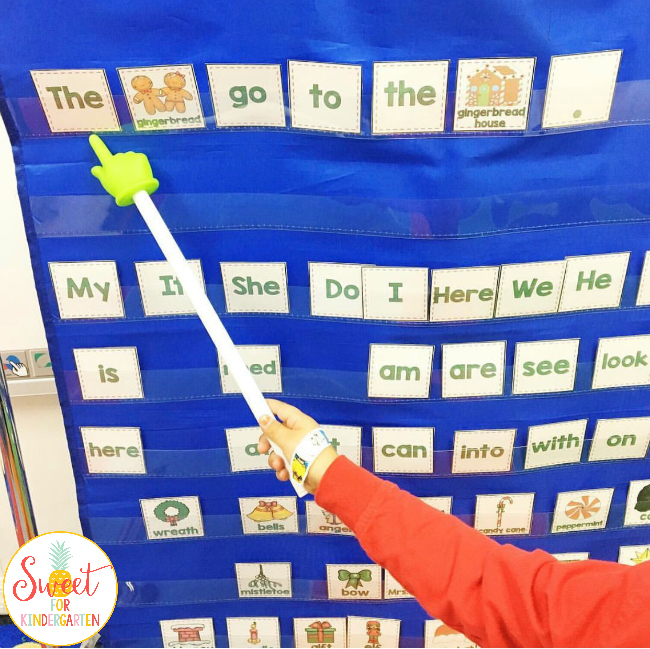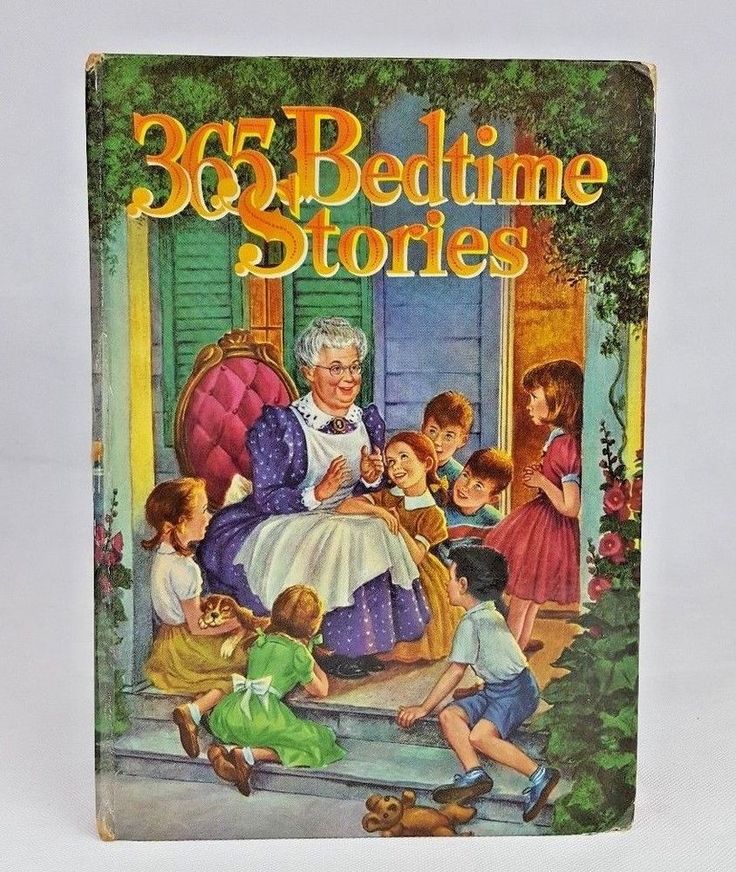Alphabet movement activities
10 of the Best Alphabet Movement Activities
Young children need to be up and moving throughout their day. That’s why it’s important to incorporate fun movement activities into the preschool day, whether at home or in the classroom. Below you’ll find some of my favorite ideas for teaching the alphabet while in motion.
The great thing about each of these ideas is their simplicity. Most of them require just a couple of materials and are very simple to prep. I think it would be easy to swap out the materials for each of these activities, too, based on what you have on-hand.
Table of Contents
Movement Activities for Teaching the ABCsString Scavenger Hunt | Hands On As We Grow
Encourage letter learning with a string course little spies are sure to love. This can easily be changed up depending on what letters the kids are working on.
ABC Ball Toss Up | Playdough to Plato
Work on letter identification with just a beach ball! Love how simple this activity is, but I also love that it can easily be adapted to kids’ needs. I think this would be a great group game to play, as well.
Letter Sound Jump | The Imagination Tree
Grab the chalk and head outside with the kids. Practice letter sounds while jumping and playing on the sidewalk. This is definitely one of our go-to movement activities about letters and sounds.
Basketball Alphabet Game | School Time Snippets
Kids enamored with basketball will get a kick out of tossing the alphabet through the hoop. This comes with a free printable, and you can set up a bucket or a bin if you don’t have a little basketball hoop.
Pillow Jumping ABCs | Toddler Approved
This one would work well with pillows or carpet squares. Kids will definitely have a blast jumping through the alphabet. It would be super simple to change it up and focus on letter sounds, too.
Hunting for Letters Outdoors | No Time for Flash Cards
Such a great idea for hiding the letters outdoors, and I love the tip for removing permanent marker. Add to the letter hunt by having the kids search just for the letters in their names, hopping from one letter to another, etc.
Letter Sounds Racing | Inspiration Laboratories
You just need some magnetic letters, a magnetic board, and little running feet for this alphabet movement idea. I’m sure any kind of alphabet manipulative would work well here, if you don’t have any magnetic letters.
Alphabet Wheelbarrows | My Mundane and Miraculous Life
Kids can work in teams, leading a “wheelbarrow” to collect letters. Love the inclusion of heavy work to this alphabet movement fun.
Kick the Cups | Mom Inspired Life
Use a soccer ball, or any ball you have on-hand, for some hands-on (ahem . . . feet-on) alphabet learning. Change things up depending on what letters the children are working on, as needed.
Grab and Pull Letters | Growing Book by Book
Set this up in the backyard on a sunny day, or inside if the weather isn’t cooperating. Use whatever alphabet manipulatives you have and get the kids moving their letter loads.
What are some of your favorite alphabet movement activities? How do you incorporate movement into learning throughout the day?
Win a Copy of an Awesome Children’s Book!
I may get commissions for purchases made through links in this post.
Recently, I got the chance to meet Eric Litwin, an amazing children’s book author. He’s written the first four Pete the Cat books, the Groovy Joe books, and a series about The Nut family. His newest book is called The Nuts: Keep Rolling!, and it is just as fun as his previous books.
As part of the roll-out of his new book, Eric Litwin is hosting a dance party contest. The dance that goes along with the book is sure to have the kiddos giggling (I know I was when he taught it to a room full of teachers). And the dance contest prize is an author visit from Mr. Eric, himself!
Eric also has a “Be a Health Nut” campaign to go along with his new book.
It encourages children to get up and move! You can read more about it on his website.
I’ve got an autographed copy of The Nuts: Keep Rolling! in my hot little hands. One of you awesome Fun-A-Day readers can win it below! Here are the rules:
- Only entries through Rafflecopter are valid.
- Since I’ll be mailing it, the winner will need to provide a mailing address within the United States.
- The giveaway runs until 11:59 pm on May 1, 2017.
- The winner will have 5 days to respond to my email. If I don’t hear back in that time, a new winner will be chosen.
Planning meaningful lessons for students week after week, all while balancing other teaching responsibilities and a personal life, can be a daunting task. That’s where Preschool Teacher 101 comes in to save you time!
Preschool Teacher 101 is excited to share with you some amazing lesson plans, activity packs, and much more! We offer a wide variety of themes that are frequently used in preschool classrooms, as well as some less common (but super interesting) themes. Click on the image below to learn more about our play outside preschool circle time song and activity pack product!
Join The Pack from Preschool Teacher 101 today for exclusive access to our amazing products. And we even have three different membership options to suit your needs!
Gross Motor Alphabet Activities that Get Kids Moving
You are here: Home / Concepts / Alphabet / Gross Motor Alphabet Activities that Get Kids Moving
By Kayla Dees 1 Comment · This content may contain affiliate links.
I’m always looking for new and fun ways to engage my children in practicing the alphabet. With summer right around the corner, I knew I needed some fresh gross motor alphabet activities that would get them moving and learning at the same time!
When children combine gross motor activity with learning, the benefits are amazing. Gross motor activity engages the whole body, as they are developing skills such as balance and hand-eye coordination to hop, run, skip, throw, or kick. Young children especially need lots of opportunities to move and strengthen gross motor skills. It also helps in getting some of that endless energy out!
We’ve found some fun ABC activities that will get your kids moving and learning. Whether you’re looking to practice upper and lowercase letter recognition, letter sounds, or alphabetical order, any of these fun gross motor alphabet activities can be modified to fit your needs. Check them out!
Gross Motor Alphabet ActivitiesI Can Teach my Child has a fun gross motor alphabet game where your kids can play connect the dots. Map out a fun picture for your kids to discover, while they practice alphabetical order!
Get your little ones jumping, singing, and thinking all at the same time with this fun ABC game on the trampoline from The Imagination Tree. You can have them sing the alphabet as they jump from letter to letter, or even call out words and have them jump onto the beginning sound. Don’t have a trampoline? Write the alphabet on the sidewalk!
Shoot some hoops and practice the alphabet with this basketball ABC game from School Time Snippets. After a letter or sounds is announced, your kiddos will also work in some fine motor practice along with some gross motor as they crumble up the paper then shoot!
Mom Inspired Life has a fun and active way to practice the alphabet with their ABC kicking activity. Call out a letter or sound, then aim and KICK!
Do your kids love to pull or carry things in loads? Then this outdoor ABC pulling game from Growing Book by Book is just what you’re looking for! Just give your kids a set of letters to collect and watch them gather and pull their way to learning and gross motor fun!
Calling all transportation enthusiasts! Grab a dump truck, front end loader, or any other form of toy transportation you have and scoop up those ABC’s to make it to the relay finish line! Kids will love this alphabet relay game from Mom Inspired Life for Pre-K Pages!
The Educators’ Spin on It has a fantastic way to get kids moving with their ABC obstacle course. Just cut some pool noodles, stick them on some craft sticks, and arrange them in an open area for kids to run the obstacle course in alphabetical order!
Similar to musical chairs, this alphabet movement game from Mom to 2 Posh Lil Divas will get kids moving around the alphabet to music. As soon as the music stops, you have to shout out the letter and/or sound that you are closest to.
A Dab of Glue Will Do has a fun way to get kids moving, learning, and having fun all at the same time with their snowball fight literacy game. Write some upper and lowercase letters on some “snowballs” and let the fight begin!
This alphabet gross motor game from Coffee Cups and Crayons serves up so much more than just “ice cream!” Kids will get to combine imaginative play while also working on their balancing skills.
Hunt for letters in the garden with this fun ABC scavenger hunt. As letters are retrieved, have kids arrange them in alphabetical order on the sidewalk. This also helps with discovering which letters are still hiding in the garden!
This ABC gross motor activity with leaves from Toddler Approved would be a perfect movement and learning activity for a Fall or leaves theme. A free leaf template is included!
If you have kids who are ready to start working on beginning sounds, try our free printable dinosaur beginning sound scavenger hunt.
The ABC I Spy Games can also be used as scavenger hunts to get kids moving as they learn the alphabet.
Do you have any fun ways that you combine gross motor skills with the alphabet?
Need more ideas? Head over to the Top 10 Ways to Remember the ABCs for a HUGE collection of alphabet activities and inspiration.
More Alphabet Activities
Try these excellent resources for more hands-on alphabet activities.
Filed Under: Alphabet, Gross Motor, Kindergarten, Preschool Tagged With: alphabet activities, gross motor
Cash Flow Statement
Open this article in PDF
Purpose and structure of the report
Cash Flow Statement presents the results of the company's work in terms of receipts and payments of money, grouped by articles and areas of activity . Unlike the balance sheet and income statement, which are compiled based on the results of accounting or financial accounting and contain many conditional, analytical items, the cash flow statement reflects the actual state of payments and the balance of money in the company.
Cash flow statement also called Cash flow balance, abbreviated as BDDS . In the field of financial analysis and evaluation, a name borrowed from English is also common - cash flow .
The report is used to assess the actual state of the company's payments and its ability to pay for investments in the future. In addition, it is the cash flow statement that contains the most complete information about the company's investments, as well as the attraction and return of capital.
In all existing standards and formats for presenting a cash flow statement, there are three sections:
- Operating cash flows
- Investment cash flows
- Financial cash flows
Section names may vary slightly. For example, operating cash flows are also referred to as operating cash flows.
At the end of the report, as a rule, they sum up the total cash flow for the period and show the balance of money in the company's accounts at the beginning and at the end of the period.
Items of receipts and payments can go in each of the three sections in the order convenient for the company, or they can be grouped into cash receipts and payments (this is done in RAS reports). There are also cases when, first, the report shows all receipts, broken down into three sections, and then all payments, also divided into sections.
Standards
In Russia, the exact structure of the cash flow statement is established by the requirements of the Ministry of Finance, which are introduced by the order "On Forms of Financial Statements of Organizations".
International cash flow statement requirements are set out in IAS 7 Statement of Cash Flows. This standard has also been adopted in Russia, in particular, for consolidated financial statements.
Operating cash flows
Operating cash flows reflect the extent to which a company's operations generate cash flows sufficient to repay loans, maintain the organization's operating capacity, pay dividends and make new investments without attracting external sources of financing.
They usually include:
- cash receipts from the sale of goods and services;
- cash receipts in the form of royalties, fees, commissions and other proceeds;
- cash payments to suppliers for goods and services;
- cash payments to employees and on behalf of employees;
- cash payments or tax refunds.
There are two fundamentally different approaches to building operating cash flows. The direct method assumes that the elements of the section will look something like they are listed above, that is, they will be grouped according to the characteristics of the activity with which the payments are associated.
The indirect construction method is based on the income statement, to which are added adjustments for accounting costs such as depreciation and changes in working capital.
Investment cash flows
Investment cash flows indicate information about payments that are associated with the acquisition or sale of long-term assets.
This section can contain the following items:
- acquisition of fixed assets, intangible assets and other long-term assets, including payments related to capitalized development costs and independently produced fixed assets;
- sale of fixed assets, intangible assets and other long-term assets;
- acquisition of equity or debt instruments of other organizations and interests in joint ventures;
- sale of equity or debt instruments of other entities and interests in joint ventures;
- loans granted to other parties;
- return of loans granted to other parties.
Financial cash flows
Financial cash flows show how the company raises capital for its activities, as well as what amounts were used to repay debts and distribute income to shareholders.
Possible items:
- proceeds from the issue of shares or other equity instruments;
- cash payments to owners for the acquisition or redemption of the organization's shares;
- receipts from the issuance of debt obligations, loans, bills of exchange, bonds, mortgages and other short-term or long-term borrowings;
- payments on borrowed funds
Sample cash flow statement
Below is an example of Lukoil's 2020 cash flow statement. It reflects both standard sections and elements of the report, as well as specific articles added by the company for the most complete disclosure of information about its business.
4. Cash flow statement (form N 4) \ ConsultantPlus
4. Cash flow statement
(form N 4)
4.1. The cash flow statement should contain information on cash flows (inflow, direction of cash) taking into account cash balances at the beginning and end of the reporting period, in the context of current activities, investment activities and financial activities.
Information on the organization's cash flow recorded on the relevant cash accounts of the organization, on settlement, currency, special accounts, is reflected on an accrual basis from the beginning of the year and is presented in the currency of the Russian Federation.
In case of availability (movement) of funds in foreign currency, first a calculation is made in foreign currency for each of its types. After that, the data of each calculation, drawn up in foreign currency, are recalculated at the rate of the Central Bank of the Russian Federation as of the date of preparation of the financial statements. The data obtained for individual calculations are summed up with the corresponding indicators of the report.
When generating cash flow statement data, keep the following in mind.
The current activity is considered to be the activity of an organization that pursues profit making as the main goal or does not have profit making as such a goal in accordance with the subject and goals of the activity, i.e. production of industrial products, construction works, agriculture, sale of goods, provision of public catering services, procurement of agricultural products, leasing of property, etc.
buildings and other real estate, equipment, intangible assets and other non-current assets, as well as their sale; with the implementation of long-term financial investments in other organizations, the issuance of bonds and other long-term securities, etc.
Financial activity is the activity of an organization associated with the implementation of short-term financial investments, the issuance of bonds and other short-term securities, the disposal of previously acquired shares, bonds, etc. for up to 12 months.
4.2. In lines 030 - 110, a breakdown must be given, disclosing the actual receipt of funds from the sale of goods, products, services, from the sale of fixed assets and other property, receipt of advances, budgetary funds and other targeted financing, loans, loans, dividends, interest on financial investments and other income.
4.3. When funds are received from the sale of foreign currency (including the mandatory sale) to accounts in credit institutions or to the cash desk of the organization, the corresponding amounts are reflected in the data on current activities in line 040. At the same time, the amount of sold foreign currency is included in the data characterizing the expenditure of funds current activity, in line 250.
When purchasing foreign currency, the transferred funds are included in the data on current activities in line 250, and the receipt of acquired foreign currency in line 110.
4.4. Lines 130 - 250 reflect the amounts of money actually spent on payment for purchased goods, products, work performed, services provided by third-party organizations, for wages, for deductions to state extra-budgetary funds, for advance payments, for financial investments, for payment of dividends, interest on securities, settlements with the budget, payment of interest on loans and borrowings received and other payments and transfers.
When filling lines 090, 200, 210, it should be borne in mind that column 5 provides data related to long-term financial investments, and column 6 - short-term financial investments.
4.5. For reference, data are provided on cash receipts in the reporting period (with the exception of cash receipts from a credit institution to the cash desk of an organization) with a separation, including settlements with legal entities and settlements with individuals, as well as a selection from the data on cash receipts using cash registers or strict reporting forms (i.

